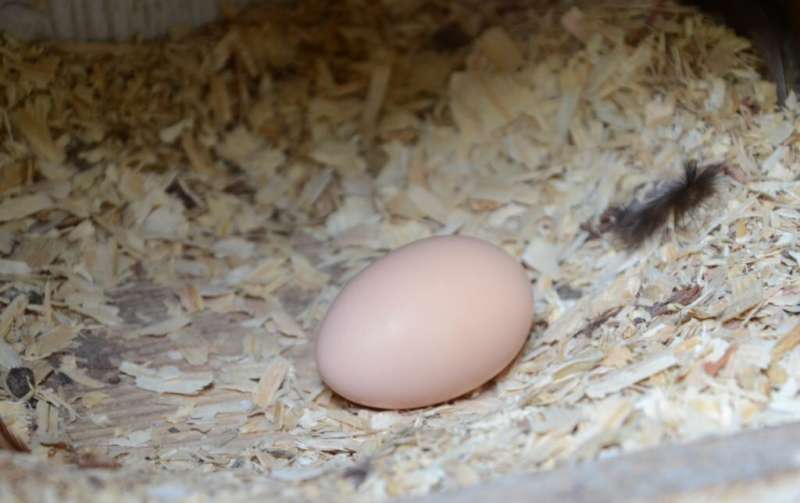COVID-19 drives surge in at-home egg production

COVID-19 has people looking for self-sufficient methods, like egg production, to put food on the table.
Purchases of hens for egg production increased as the pandemic created food scarcity issues at local markets. Here are some tips from Craig Coufal, Ph.D., Texas A&M AgriLife Extension Service poultry specialist in College Station, about what you can expect from those young hens as they grow into egg layers.
Hens begin laying eggs around 20-24 weeks depending on breed and other factors such as daylight, weather conditions and diet. Some breeds, such as the Leghorn, begin to lay earlier.
High-performance laying hen breeds include Leghorns, Black and Red Sex Links, Rhode Island Reds, Orpingtons and Barred Rocks.
Hens produce the most eggs when they are under three years of age, with productive hens laying anywhere from 200-300 eggs per year.
Check for eggs as often as possible, Coufal said, but at least once a day, and twice a day is even better.
"The sooner you collect the eggs and get them refrigerated, the better the quality," he said.
What makes an egg?
Hens need sufficient nutrients in correct ratios for egg construction. So, buying feed with the correct ration of protein and nutrients is important. Nutrition is important for chickens with restricted movement or those allowed to range.
Foraging may not fulfill a free-range hen's complete dietary needs to build an egg a day, Coufal said. So, supplemental feed should be provided to fill in nutrition gaps in foraging.
Hens don't need a rooster to produce eggs, Coufal said. They are stimulated to lay eggs by increased day length in spring and summer.
Why might eggs stop?
Molting is a natural process chickens go through to renew their feathers. Molting hens temporarily stop laying eggs and may benefit from an increase in dietary protein.
It is a response to shorter day length in autumn and winter, he said.
"Remember, the hen is trying to produce a chick by building the egg," he said. "Why use resources to build an egg that will not make it in the winter?"
Hens will also end production when they begin "sitting on eggs," Coufal said.
"Hens become broody and sit on eggs for a variety of reasons," he said. "It is all hormonal and usually triggered by a nest full of eggs. If they get broody, then egg production will stop. That is why collecting the eggs frequently is important."
Provided by Texas A&M University


















